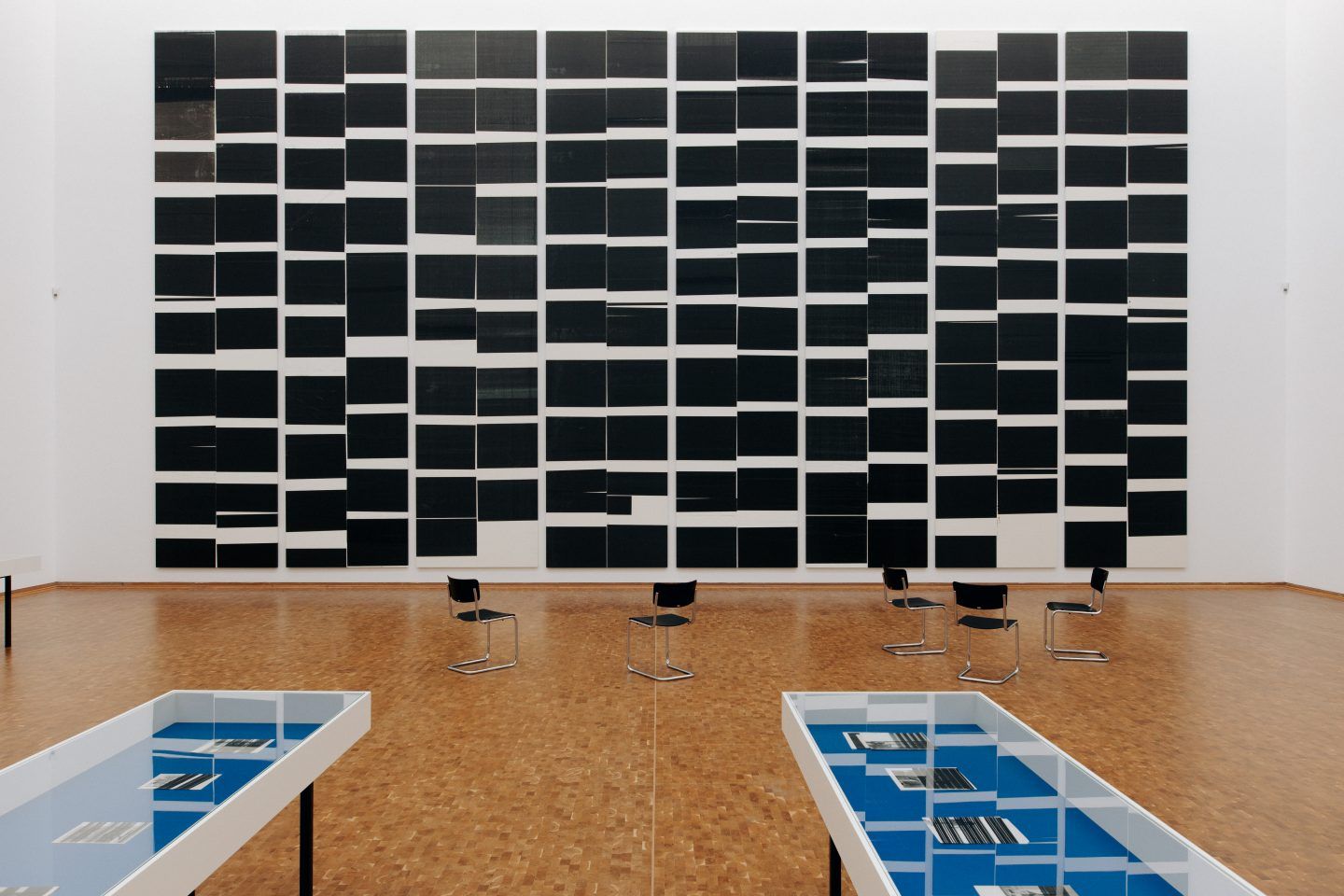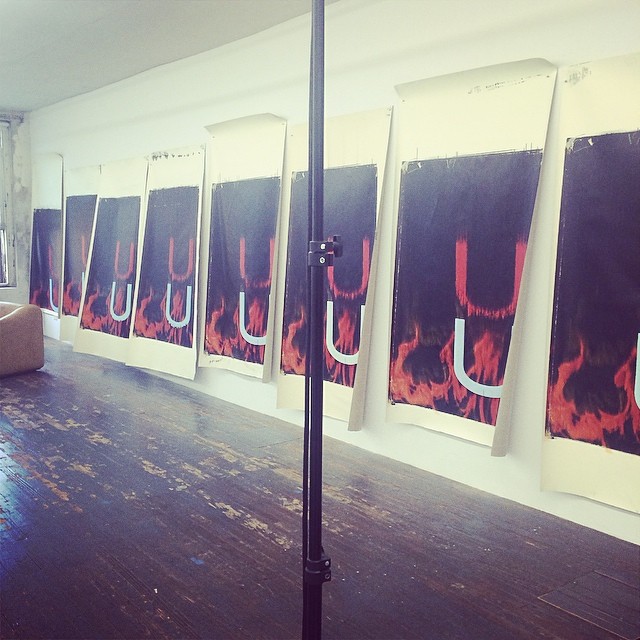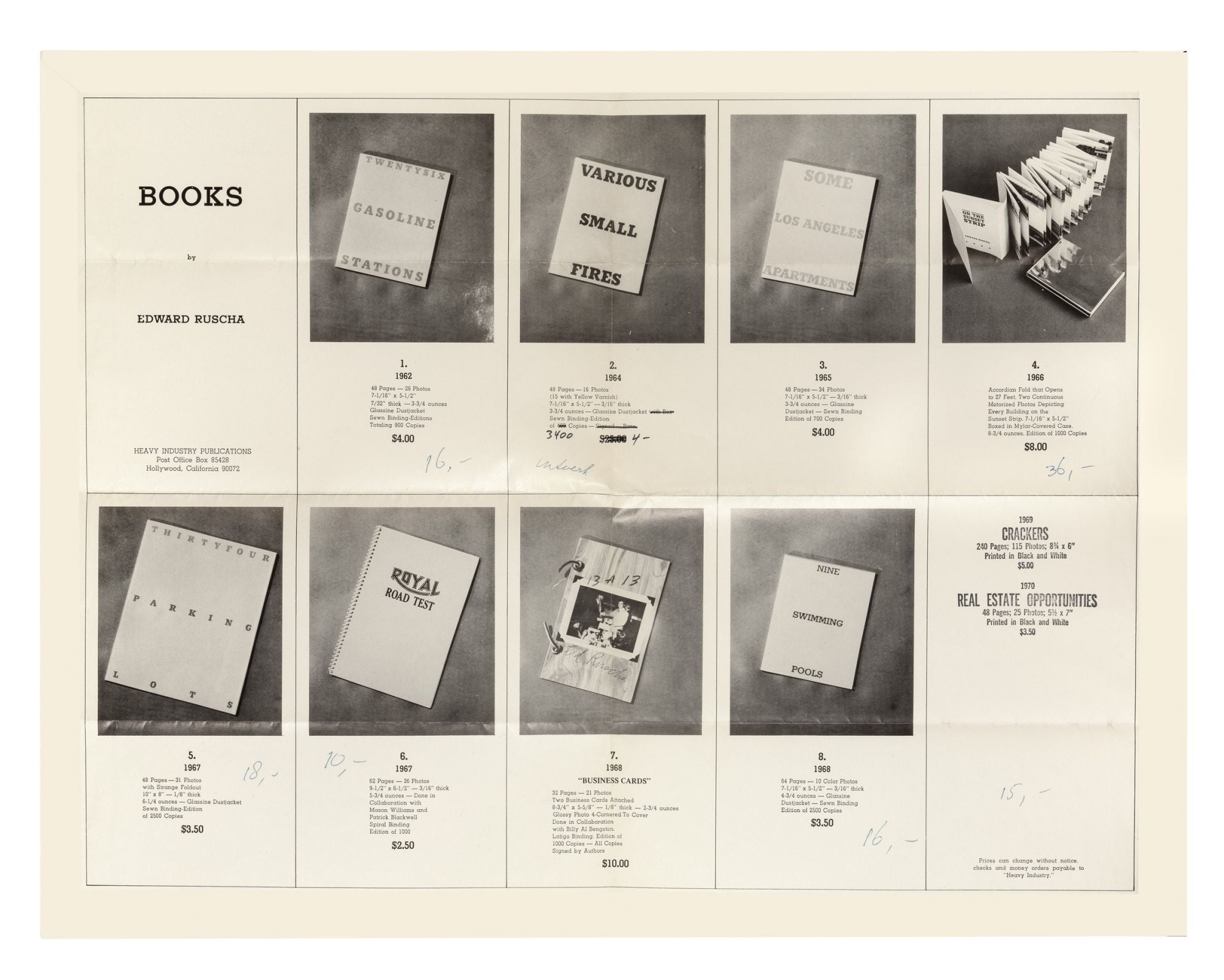Media Studies
Situated in the Royal College of Art School of Architecture and welcoming a student cohort from across multiple spatial design disciplines, Media Studies provides a rigorous and granular examination of historical and contemporary methodologies of media research and practice.
Our collective goal is to increase critical engagement with media.
We achieve this through lectures, tutorials, and workshops in which new approaches to media are conceptualised, refined, and implemented in innovative proposals and projects. Further, Media Studies is focused on non-representational media, stepping aside from traditional architectural media such as scaled drawings, models, and renderings, and instead applying our research to the creation of discrete media objects.
In other words, this unit is not interested in projective media that represents proposed buildings or environments. Robin Evans famously stated that “architects don’t build buildings, they make drawings”1, in other words, an architect’s practice is centred on the drawing or the representation of a building or space, not the actual building or space. Today, we could expand this observation to include contemporary representational media such as digital environments, static and dynamic analogue and digital renderings, or video and moving image, but Evans’ observation remains correct. Similarly, the media used to describe an academic project is not the building (or interior or city), it is a scaled representation, an abstracted approximation. In recent years the academic design studio has greatly expanded the range of media it deploys, but its representative nature remains. Both the professional and the student assemble media to allow those who are fluent in this language to interpret these abstractions and conflate the various drawings, models, or images into a mental composited image of the final construction. All of this is a complex, discipline-specific media process based firmly in representation.
However, media can also be non-representational.
For example, a photograph can be interpreted as a non-representational, discreet media object; most photographs are not photographs of projected future photographs. One could argue that a contact sheet or the digital interface in Bridge or Lightroom are representations of a future photograph. But the actual photograph (whether it’s analogue or digital) is a unique object with its own embedded meaning whose context is dependent on the human or machine that made the image, the time in which it was produced, its cultural location, its political consequence, etc. The photograph just is. Similarly, a painting, a performance, a handmade book or an illustration is rarely – if ever – attempting to suggest the intention of another media type. While there are always exceptions to these rules, in Media Studies we will endeavour to make work that is non-representational.
What does this mean and why is it important?
Media Studies provides a space where media experimentation can take place outside of the design studio and its demands for representation. To do this we must first establish our own context and the range of work that we will engage. This is achieved by implementing the cumulative knowledge shared and discussed in our lectures and tutorials. It is tested by our collaboration with external professionals and academics, and finally in the projects that are created. Media Studies will challenge you to create discreet media objects (film, books, sculpture, performance, text, photography, digital objects or environments, exhibitions, situations, etc.) that are representative only of themselves, whose meaning resides in the media. We will research non-representational media and the artists, designers, architects, and theorists that make and write about such work. We will create projects that challenge or strengthen those positions. We will experiment with media for the sake of the media. We will create projects that sit between, outside, or in opposition to disciplines, focusing on media as a primary site and material of and for experimentation. We will investigate the emancipatory possibilities of media. We will acknowledge media’s complicity in processes of oppression, colonisation, and imperialism, and we will work to challenge and contest these realities.
Each year, we choose a conceptual scaffold to structure our research and projects. The theme this year is multiples, repetition, and seriality.
2023/24 Course Description: Second Verse, Same as the First: multiples, repetition, and seriality

Installation view of Wade Guyton’s Zwei Dekaden (Two Decades) at the Museum Ludwig, Cologne, 2019
Just ten years into his practice, American post-conceptual artist Wade Guyton was surging. His work was being described as a revolutionary shift in painting, and he found himself in the same sentences with Rauschenberg, Polke, and Warhol.2 Guyton’s large-scale works were often produced using off the shelf Epson machines printing on stretched linen, incorporating stark misplaced typography and found images clipped from newspapers or screenshot from social media. His methodology often revealed - and revelled in - the errors that such a process would create as the printers struggled with the unexpected print mediums. The work had an atmosphere of instability, devoid of the artist’s hand and traditional pictorial meaning. Inherent in the mechanical origins of the work was the potential the pictures could be produced in multiples, repeated and serial.
Despite this, his work was increasing in value at a staggering rate. In 2014, prominent auction house Christie’s announced an auction including one of Guyton’s works, Untitled (Fire, Red/Black U). At the time, new works by Guyton were selling for around $350,000 USD, but the picture featured in the auction was valued by Christie’s at over $3,500,000 USD. In response, Guyton and his team proceeded to print multiples of the work and posted a photo from the studio with the caption “burningbridges38” as an attempt to undermine the auction and devalue the work. Why would an artist attempt to deliberately sabotage an auction of his work? What does it mean when a painting can be reproduced indefinitely?

Wade Guyton’s Instagram post showing multiples of Untitled (Fire, Red/Black U, 2014)
Guyton does not directly benefit when his work resells for millions at auction, an issue that plagues young artists who find sudden success and interest in their earliest work. His response to the auction was in line with the conceptual underpinnings of his work. By using found images, generic typography, and easily attainable commercial printers, Guyton’s work has long challenged assumptions about the status of painting. When confronted with the Christie’s auction, he responded by turning on the printers, loading up the file, and printing more.
Conversations about the impact and ethics of reproducibility of artwork resurface periodically, often at the advent of a new technology that could challenge the viability of the art market. However, artists have long produced multiples of their work, particularly those working in print or photography. Indeed, multiples are expected in many art disciplines, and collectors know that the first in a series will be valued lower than the last, based solely on scarcity.
This practice of ever-increasing valuation has been challenged by artists that instead deploy the concept of multiples to provide opportunity for a lower cost, thereby increasing the availability of the art object. In the 1960s, Ed Ruscha began printing artists’ books that documented his interest in repetition of actions documented with simple photography, often with a clinical aesthetic. His background in graphic design meant that he understood the mechanics and marketing of mass-produced items, each sold at an identical price. His books, though now considered highly valuable, were printed simply and originally priced between $2.50 and $10.00 USD. He published them in the thousands, and despite the fact that his singular artworks selling for millions today, a copy of one of his early books is still relatively cheap.

Poster catalogue for Ed Ruscha’s first 10 books, 1970
Media Studies will not directly address the arguments about the authenticity of artwork in the age of mechanical reproduction, instead, we will look to the benefits of multiples, of repeating ourselves and others, of sabotaging the sanctity of value. What happens when artists take control of the manufacture and distribution of multiples and provide them at low or even no cost?
As the Ramones sang in 1976, “second verse, same as the first”.
David Burns, Media Studies Lead
Evans, R. (1996) "Translations from Drawing to Building and Other Essays". London: Architectural Association Publications. ↩
“Vogel, C. (2012) Painting, Rebooted’, New York Times, 27 September. Available at: https://www.nytimes.com/2012/09/30/arts/design/wade-guytons-computer-made-works-at-the-whitney.html (Accessed 1 September 2023). ↩